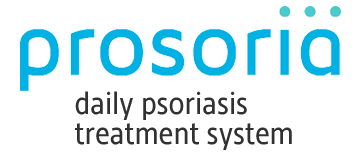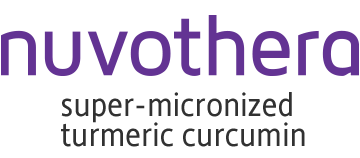What is Psoriatic Arthritis?
17 Jan 19

Psoriasis is the most common immune-mediated disease, affecting people of all ages. Although psoriasis does primarily affect the skin, about 30 percent of those with psoriasis develop psoriatic arthritis, a form of inflammatory arthritis.
As an immune-mediated disease, psoriatic arthritis is caused by a faulty immune system that mistakenly attacks healthy cells and tissue, which in this case means your skin and joints. Inflammation is a natural immune response in itself, but too much of it can result in stiff, swollen joints and eventually joint pain. Let’s take a closer look at psoriatic arthritis and methods of treatment and management.
Common Symptoms of Psoriatic Arthritis
About 85 percent of psoriatic arthritis cases start as psoriasis, exhibiting the characteristic skin symptoms before spreading to your joints. Psoriasis is characterized by the buildup of skin cells, forming lesions that are dry, red, and scaly. These lesions are known as plaques and often itchy and painful. However, the severity of your psoriasis doesn’t have any relation to your psoriatic arthritis.
From there, psoriatic arthritis can develop slowly with mild symptoms or be much more immediate with severe symptoms. The most common signs and symptoms of psoriatic arthritis include:
- Pain, swelling, stiffness, and tenderness in joints and tendons
- Swelling in the fingers and toes
- Reduced range of motion
- Stiffness and tiredness in the morning
- General fatigue
- Redness and pain in the eyes
Psoriatic arthritis can also cause changes in your nail health. This can include nails separating from their nail beds, pitted nails, or nails that have the appearance of a fungal infection.
Psoriatic Arthritis Types
Similar to psoriasis, psoriatic arthritis can appear in different forms based on severity and the areas affected. Mild psoriatic arthritis also referred to as oligoarticular, is characterized by psoriatic arthritis that affects four or fewer joints. Severe psoriatic arthritis affects four or more joints and is referred to as polyarticular. The main types of psoriatic arthritis include:
- Symmetric psoriatic arthritis – Comprising about 50 percent of all cases, symmetric psoriatic arthritis affects both sides of the body at the same time.
- Asymmetric psoriatic arthritis – Appearing in about 35 percent of cases, asymmetric psoriatic arthritis does not appear on the same joints on both sides of the body.
- Spondylitis – Spondylitis involves inflammation in the spinal column, resulting in stiffness of the spine and neck and pain with any joint motion.
- Distal – Distal psoriatic arthritis is characterized by inflammation and stiffness in the fingers and toes accompanied by changes to the nails.
- Arthritis mutilans – Arthritis mutilans affects about 5 percent of people with psoriatic arthritis. It is considered the most severe form of the condition, causing extensive damage to joints in the fingers and toes.
Diagnosing Psoriatic Arthritis
Early diagnosis and treatment of psoriatic arthritis is crucial to your overall health and wellbeing. Some studies suggest that delaying treatment by as little as six months can put you at greater risk of permanent damage to the joints. Knowing what triggers your psoriatic arthritis flare-ups can be very crucial as well.
There isn’t a specific test for psoriatic arthritis, but observations, a look at your medical history, and a physical examination are usually enough to conclusively diagnose psoriatic arthritis. Psoriatic arthritis often presents the same symptoms as rheumatoid arthritis, but your doctor can rule this out by testing for an antibody known as a rheumatoid factor, which is normally present in those with rheumatoid arthritis.
Treatments for Psoriatic Arthritis
Treating psoriatic arthritis involves relieving your pain, reducing any swelling, and preventing any joint damage while supporting healthy joints and movement. You can find a wide range of treatment options available and the most common include:
- Non-steroidal anti-inflammatory drugs (NSAIDs), including aspirin and ibuprofen
- Disease-modifying antirheumatic drugs (DMARDs)
- Biologics, which include injections designed to slow down or stop joint damage
- New oral supplements such as Omega 3 fish oil and Turmeric have been shown to be helpful in improving pain and mobility of psoriatic arthritis.
If you have psoriatic arthritis or believe that you have psoriatic arthritis, talk to your doctor. Psoriatic arthritis is a serious chronic disease, but early diagnosis and treatment can help you manage symptoms and prevent and even heal joint damage. If possible, consider talking to a rheumatologist, a doctor who specializes in all forms of arthritis.
Growing research and funding for psoriatic arthritis resources has led to expansions in understanding the condition and accessibility to health services for treatment. If you have psoriatic arthritis, please know that you’re not alone and that you have so many options to help you thrive and live your life to its fullest.

